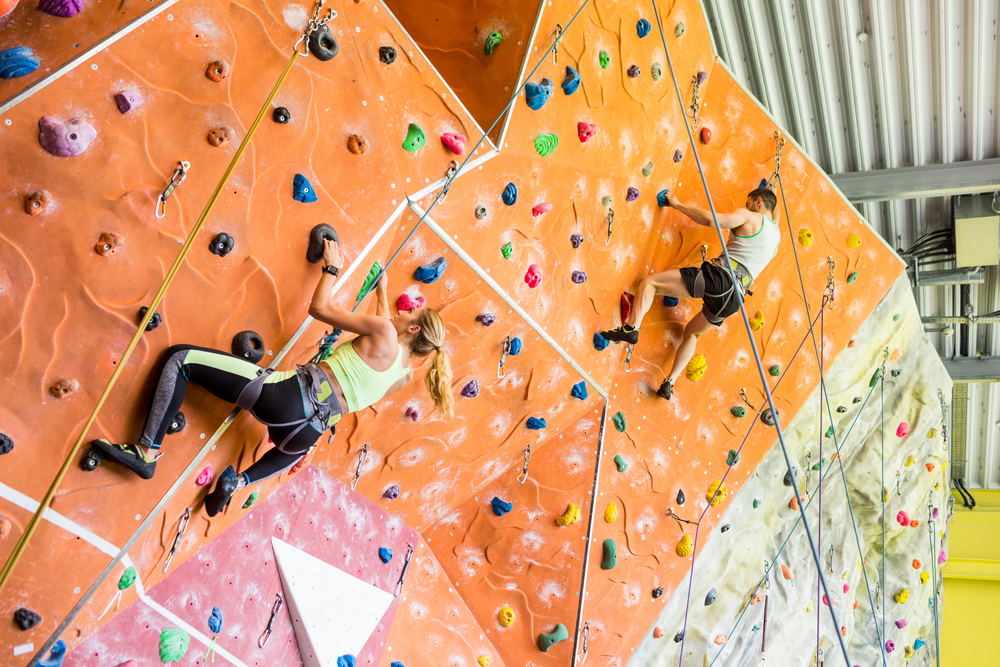
What are the challenges of Indoor Climbing?
Indoor climbing can be very safe, but many factors come into play. Although climbers do not have to worry about the weather or natural disasters, awareness is still essential. An injury can happen within seconds and cause life-long repercussions. The average indoor climbing wall is between 40 and 60 feet. A 30 feet fall can cause vertrebrae fractures and require a considerable amount of surgeries. The injured climber will remain living with limited mobility and most likely will not be able to climb again. These issues can happen no matter the equipment quality and experience of the athlete if the belayer is not paying attention. One’s safety relies on trust and awareness but it is possible to take more steps to avoid uncertainty.
How to take appropriate precautions?
Many safety precautions are essential to take on a daily basis to reduce risks to a minimum. Both human and equipment errors are present. Training and supervision are both crucial for climbers’ safety. Users must undertake a training to ensure they are ready to climb and cannot skip steps of it. Supervision is also vital. No climber should attempt to climb without a trained staff around. All climbing activities must stay close without the presence of a staff member. Clear communication is essential at all times to avoid confusion and reduce risks.
Why Hazavoid?

Hazavoid offers fully wireless solutions: the Hazavoid Wireless Alarm System (pictured above) and the Hazavoid Wireless Alert Beacon System come with a backup battery and solar panels.
The wireless and modular nature of the systems allows for flexibility and constant peace of mind. Staff members can easily carry a remote control to use it whenever necessary. Both existing tones and customisable tones are available to suit various needs and locations. Automatic activation is also available for different WiLERT applications. Using sensors, users can choose to have the systems activate whenever attendants are not around. This implies that beacons will activate as soon as someone is detected entering a zone that must not be used. This allows for members to know not to use any equipment without supervision and for staff members to have peace of mind when absent.

